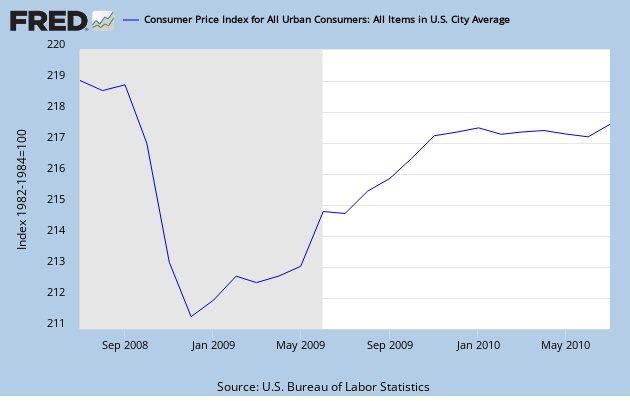imagep said:
I know, it's all really confusing, I think what is so confusing is the fact that money "seems" to multiply from circulation, but when you count how much money exists, it is the origional amount. This effect happens whether a bank is involved or not. If I put my money in a bank and then spend it, the bank CANNOT make loans against the money I deposited because the bank no longer holds the deposit (remember, I spent it). Even if whoever I spent it with deposits it into a bank, the bank still cant make a loan against that deposit if the depositor immediately spend the money. So only deposits that remain unspent can increase our money supply, and since any money that I have not spent already existed, it is questionable even then that it has increased the money supply - it just changes hands and is offset by an equal amount of debt.
You are on the right track, but getting continuing to get shuffled off on a side spur with your 'spent' versus 'deposit' assertions. Your main point seems to be that currency in circulation cannot be used to expand/contract the money supply, which is correct: in a static sense, currency in circulation is a part of the money supply (often referred to as M0) but cannot facilitate expansion or contraction of the money supply - it can only be hoarded or circulated.
Where you get sidetracked is assuming that a deposit, once withdrawn from a demand deposit account, becomes currency forever and ever: "
If I put my money in a bank and then spend it, the bank CANNOT make loans against the money I deposited because the bank no longer holds the deposit (remember, I spent it). Even if whoever I spent it with deposits it into a bank, the bank still cant make a loan against that deposit if the depositor immediately spend the money." This is patently false on a couple of accounts: first, ask yourself in what ways can I withdraw money from a demand deposit account? Since funds in a demand deposit account are always accessible by writing a check or some form of draft, this is the most common way. And what happens to a check? It is either deposited into another demand deposit account or exchanged for cash. If it is deposited into another demand deposit account, your assertion is proven false because that deposit constitutes reserves (both
required and
excess, I'll discuss excess reserves in a moment) for the receiving bank. Consequently, your assertion is true if and only if funds are withdrawn in the form of currency and that currency is never again deposited into a demand deposit account.
Now, here is an important distinction in the process that we've been glossing over, but that might help if we insert it into the analysis. Remember that we said that when we or the bank made a deposit into a demand deposit account that it became
available to expand/contract the money supply? Here is the distinction: nothing happens with the money supply until the bank makes a loan using the reserves created by that deposit. Until a loan is made, the reserves created by that deposit are in excess of those required of the bank, hence are called (logically enough),
excess reserves. Example: you deposit $1,000 into your demand deposit account. If the reserve requirement is 10%, the bank now has $100 in required reserves and $900 in excess reserves. That $900 is available as credit but remains in excess reserves until it is lent. When it is lent, the money supply expands by $900 and excess reserves decrease by $900.
Does incorporating the distinction between required reserves and excess reserves clarify any of this for you?
Finally, if your check is exchanged for cash, what happens to the cash? Does it become forever and ever part of currency in circulation? Of course not. At least not in toto. Perhaps some fractional part becomes coins deposited somebody's 'change jar' and thus hoarded, perhaps some part goes into a hermetically sealed mayonnaise jar buried in the back yard. Excluding those bits, the remainder is likely to wend its way back into another deposit account in exchange for goods and services. You pay for your drycleaning or gasoline purchases with cash, what does that merchant do with the cash? Most likely, he/she will deposit it along with the rest of his daily cash receipts into his/her checking account, where it once again becomes a commercial bank deposit subject to reserve requirements and available to expand/contract the money supply.


